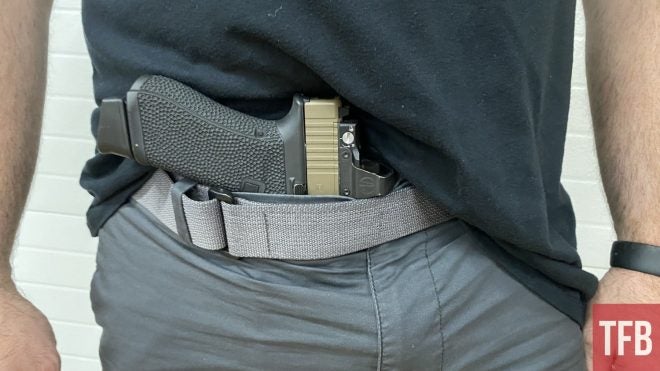When we start concealing a firearm on a daily basis, there are certain rules you need to follow for your safety as well as the safety of others. Sometimes these rules get broken, and you start to get all types of issues. There are certain risks and responsibilities that come with carrying a concealed firearm, and it’s not something that should be taken lightly. Call it the Darwin awards, let’s take a dive into various examples of carrying choices and consequences that followed these terrible choices.

The Importance Of A Quality Holster
Carrying with a holster is a fairly simple concept. Having the trigger guard as well as the gun in a protective covering is never a bad idea when it’s against your body. Accidental discharges and just bad luck are much more likely to occur if you carry without a holster. This whole process started when I was watching a recent rerun of Trauma: Life in the ER. During one of the episodes, a man came into the hospital with a self-inflicted gunshot wound to his penis. He was carrying appendix with no holster. As a result, the gun went off which ultimately left the man with a 32 caliber sized hole in his manhood.
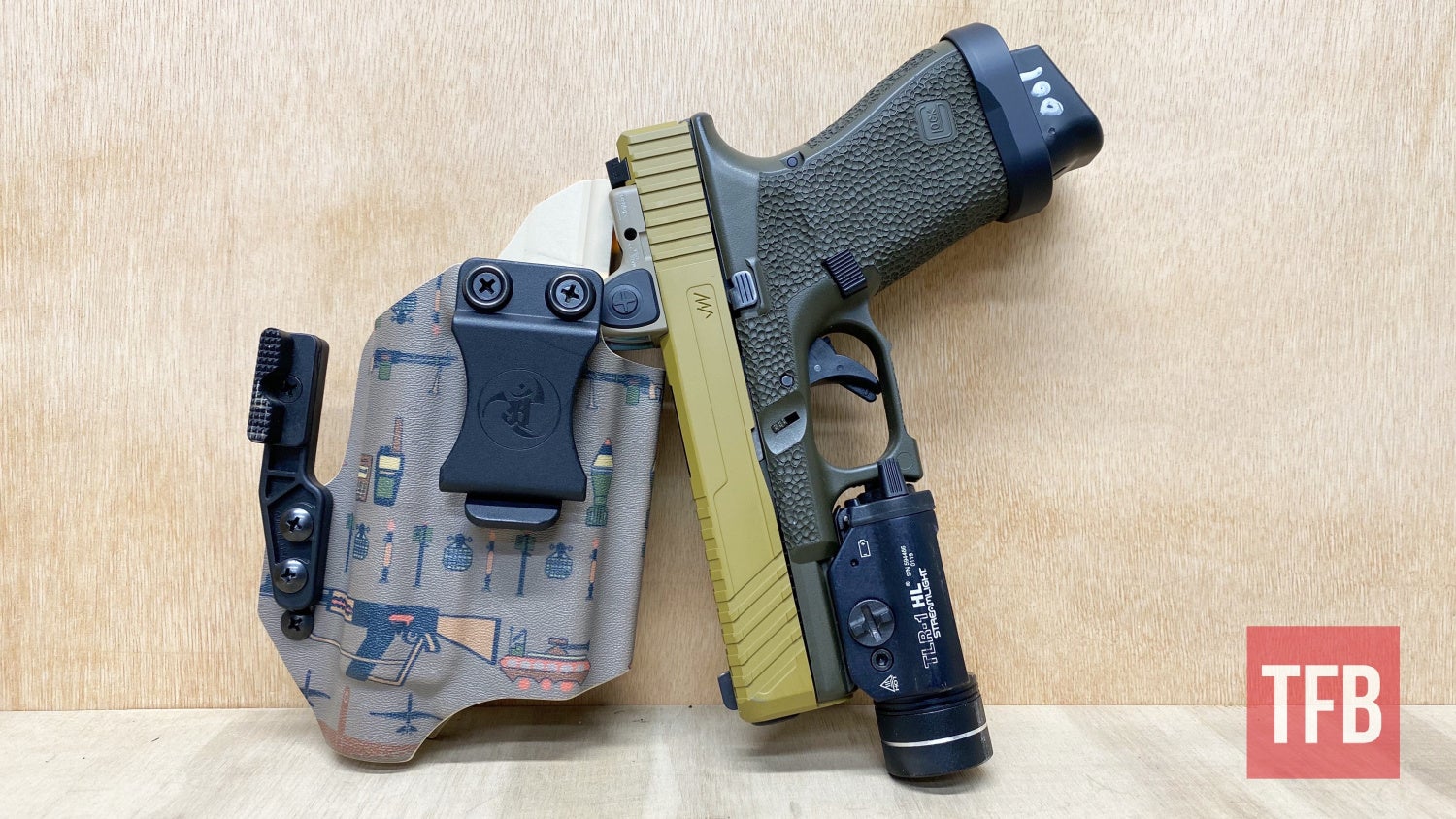
Doing a simple google search will reinforce this concept even more. There are a number of articles online where people have accidentally shot themselves carrying a concealed firearm. Another example of this was in my home state of Michigan where a Southfield man was carrying his .40 caliber Glock and it accidentally went off hitting him square in his penis as well. I can hear the comments section now saying ” Well this is why I don’t carry appendix.” First of all, plenty of people carry appendix every day without issue with a proper holster and the real issue lies in unsecured loaded firearms on your body. For the sake of your man meat and the safety of others, use a quality holster that will protect the trigger guard.

Medical Proficiency
When it comes to carrying concealed, if you’re willing to inflict damage on someone, it’s important to understand how to treat someone with a gunshot wound or a life-threatening injury. Everyone loves to look at the latest and greatest when it comes to carrying concealed. The ugly truth is you’re much more likely to run into a situation where someone has been injured whether it’s from a car accident or other serious injury.
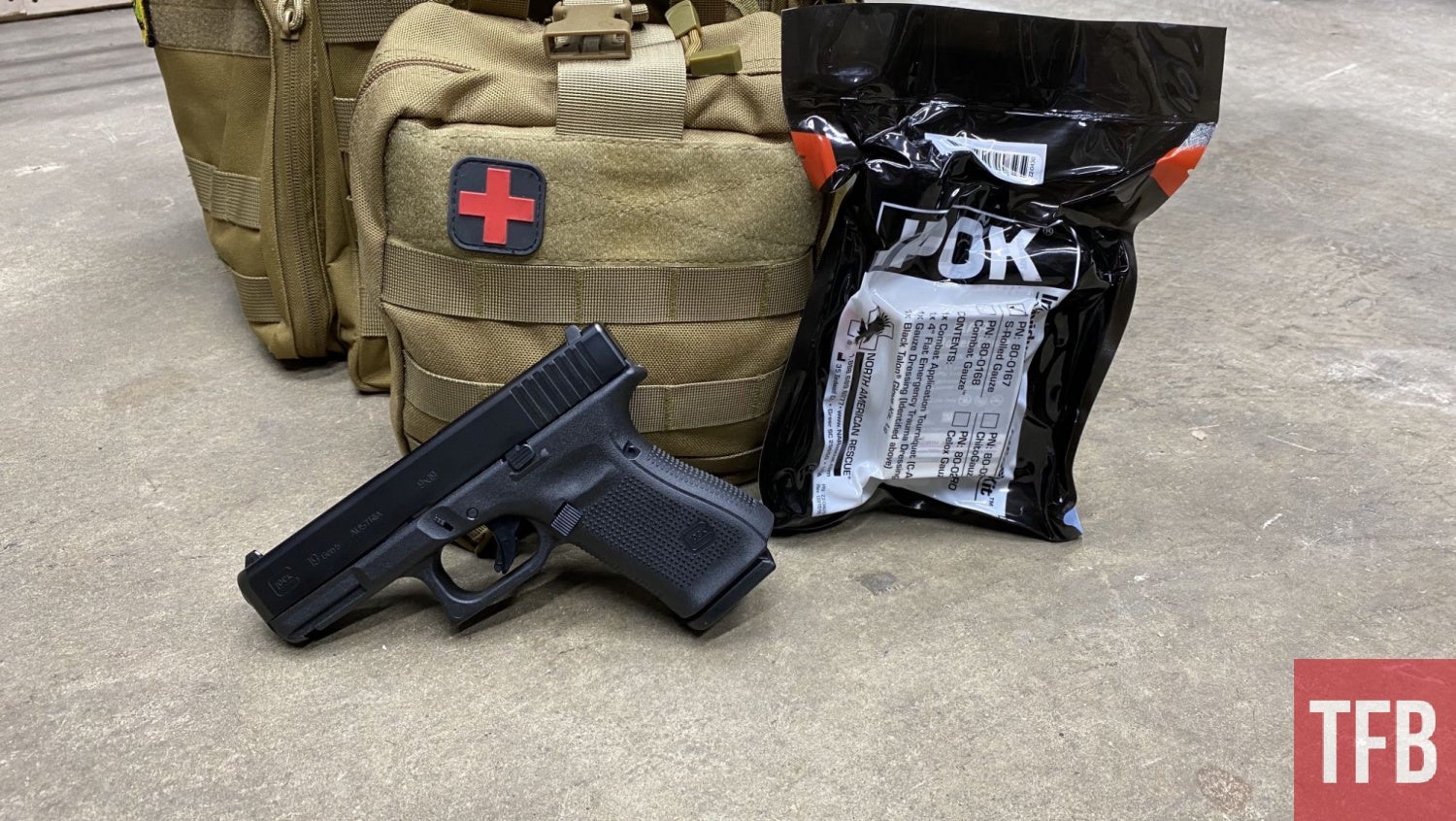
Having a kit or something with the proper supplies to treat injuries is never a bad option. Whether it’s in your daily bag or even your vehicle, it can give you a number of options to help save someone’s life. Many of these self-inflicted gunshot wounds not only went through sensitive areas but also went into their legs. Having something like a tourniquet can be the difference between making it to the hospital or bleeding out from a major injury.

Pocket Carrying
Probably the one style of carry I see people use without a holster most is the pocket carry. Carrying in your pocket is probably one of the easiest ways of carrying a firearm. You simply throw the smaller-sized gun in your pocket and you’re off with the day. One of the problems with carrying in your pocket though is the fact things can still snag your trigger from outside the pocket, and having things mixed in with your gun dramatically raises the odds of a negligible discharge. There have been reports of something as simple as a table corner catching the trigger of a snub nose revolver and having it fire inside the carrier’s pocket.
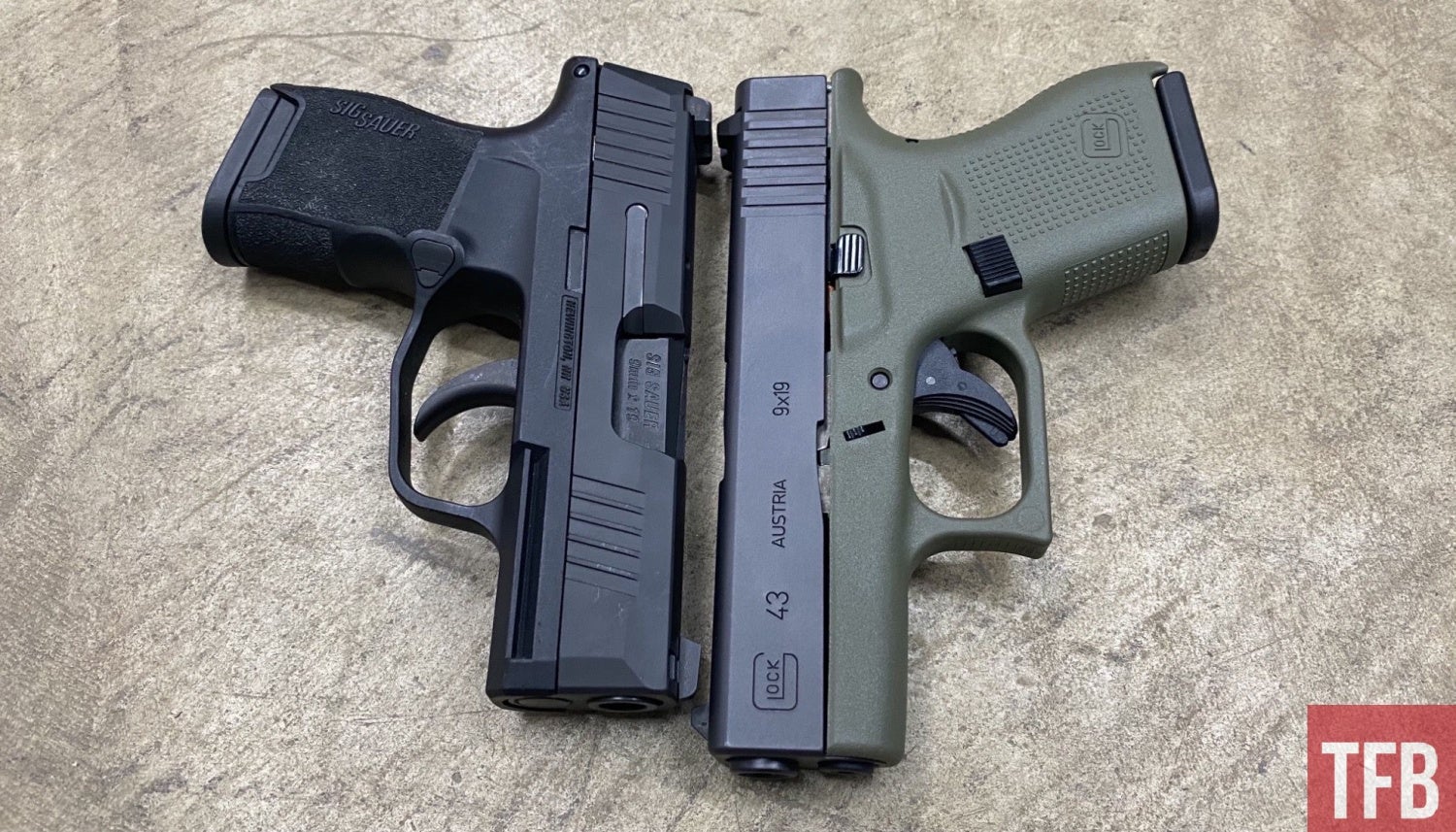
There are a number of companies who make both cloth and Kydex holsters. Typically most holster companies make models for a wide variety of pocket guns. Even having something like a simple cloth pocket holster can be an extra barrier of protection. These holsters help protect against accident snags or negligent discharges. If you can find a proper Kydex holster for pocket carry, that’s an even better option but depending on certain firearms and accessories, that may not be possible. Kydex will add the benefit of having some rigidity to the initial layer. This extra layer will make your firearm more secure as well as will significantly decrease your chances of a discharge.
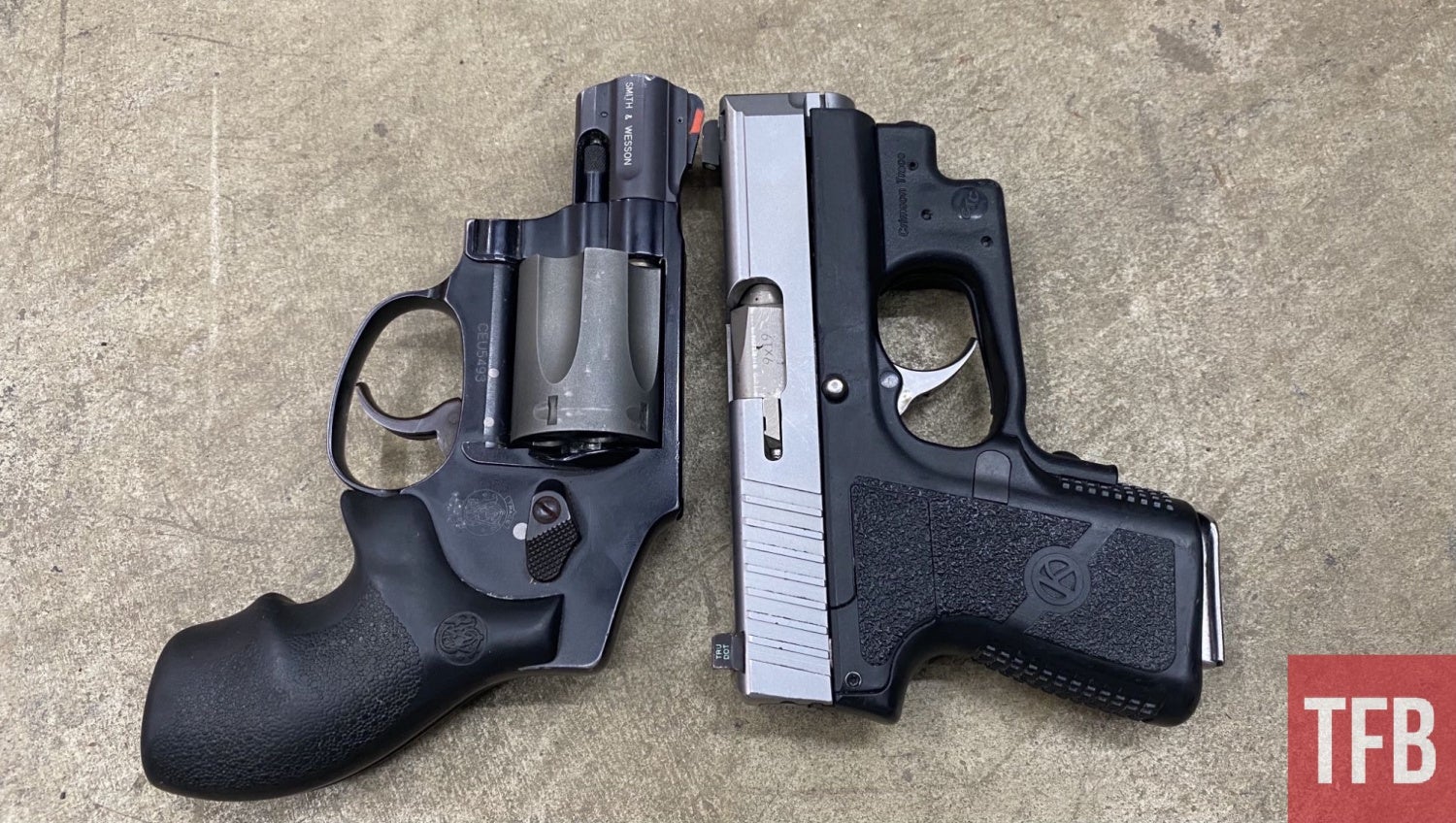
Overall Thoughts
Having a concealed firearm on your person in certain situations can make all the difference. With that power though comes responsibility and respect to the power of a firearm. There are countless examples of people not properly carrying or handling firearms which ended with them having an additional hole in their body they didn’t start the day with. Whether it’s carrying inside the waistband or inside your pocket, it’s always a smart investment to have some sort of holster to keep it inside. In addition to carrying a firearm, you should be able to administer some level of medical treatment if you are capable of delivering damage from your handgun. Taking some sort of medical class is always a great way to earn life-saving knowledge and just bettering yourself as a human being.
Let me know what you guys think about carrying without holsters and some of the stupid examples you see down in the comments below. If you have questions, feel free to shoot me a message on Instagram @fridgeoperator. Stay safe out there.
TFB’s Concealed Carry Corner is brought to you by GLOCK

 Your Privacy Choices
Your Privacy Choices
